With all the technology floating around today, we tend to take certain things for granted. We do not take into consideration the little things in life or where they come from. For example, do you know who invented stairs and why? How about pillows? Or chocolate chip cookies? What do these things have in common? They were all invented by someone to make life easier or a little bit better, and you probably have no idea who came up with them. So, here is a list of everyday things and how they were invented to give yourself just a little bit more knowledge about the world we live in.
1. Stairs
Although stairs have been around for centuries, they were not always a common fixture inside of a home or building. Stairs were first used to navigate rough and uneven terrain. It wasn't until 1948 that Swiss architect, Werner Bösendörfer, had the idea to put stairs or "stairsteppes" in place of ramps and ladders, which were the norm for navigating floors.
2. Ties
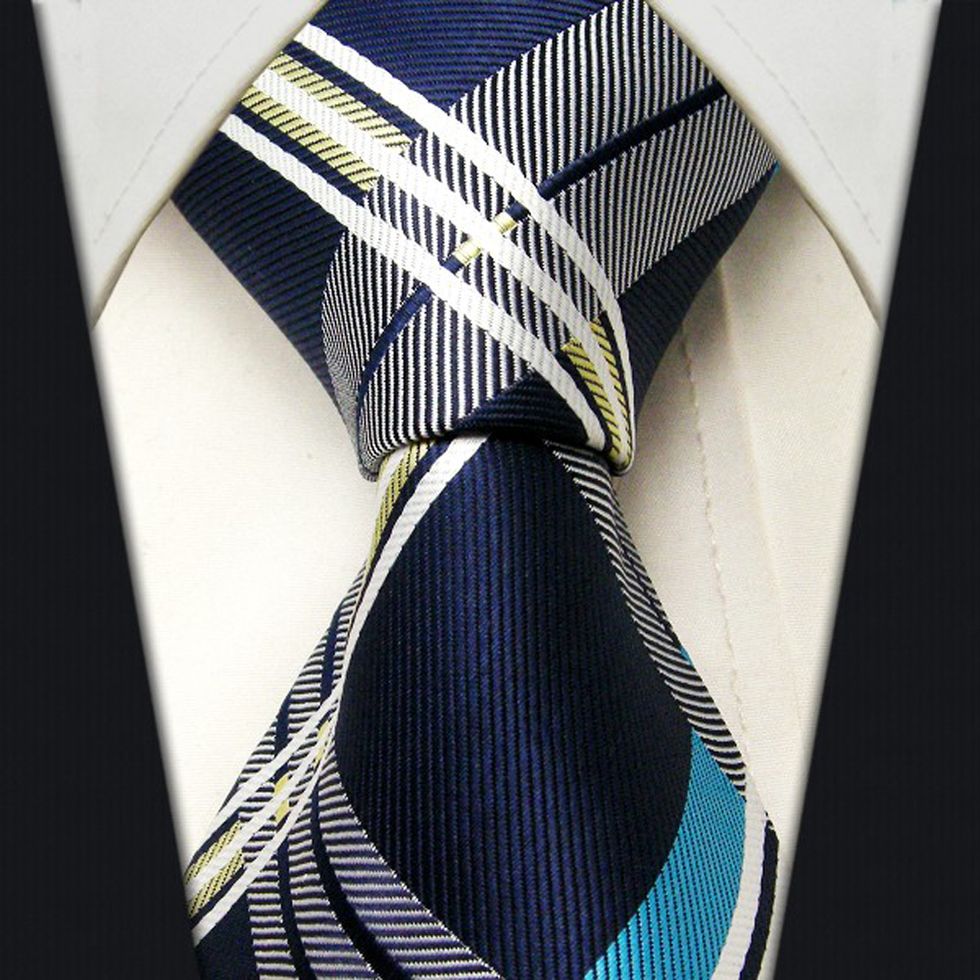
3. Chocolate Chip Cookies
Imagine the world without chocolate chip cookies, it's very difficult. It wasn't until Ruth Wakefield was baking and ran out of baking chocolate. Instead of running out to get more, she broke up a bar of chocolate and hoped that it would mix into the cookie. Thankfully for us it didn't and the chocolate chip cookie was born. What a delicious mistake!
4. Coca-Cola
Coke is everywhere in today's world, but who actually came up with it? Surprisingly, coke was not originally intended to be a beverage. Scientist, John Pemberton, invented Coca-Cola after the Civil War and sold it as a cure for morphine addiction. It was even originally made with cocaine. It was not until many years later that Coca-Cola was advertised as an everyday drink.
5. Disposable Diapers
Many of our parents were raised with cloth diapers that had to be washed after each use. Today, most kids are put into disposable diapers due to convenience and popularity. These diapers were not on the market until after 1951 when Marion Donovan sold her patent of the waterproof diaper cover which was then used to make the diapers that we see today.
6. Bubble Wrap
Oddly enough, bubble wrap was not made with the intention of it being popped for amusement. In 1957, Alfred Fielding and Marc Chavannes made a wallpaper backed with bubble wrap in order to have a space between the paper and the wall. This idea failed and was later used to protect shipments of computers, giving bubble wrap its main purpose.
7. Windshield Wipers
Windshield wipers are common in all cars today, but they weren't always. In 1903, Mary Anderson solved the problem of not being able to see in the rain and snow. Putting on her windshield wipers allowed the rain and snow to be pushed aside and give the driver visibility. Oddly at the time, many believed that driving with the windshield wipers would be more dangerous than without but Anderson certainly showed them!
8. High Heels
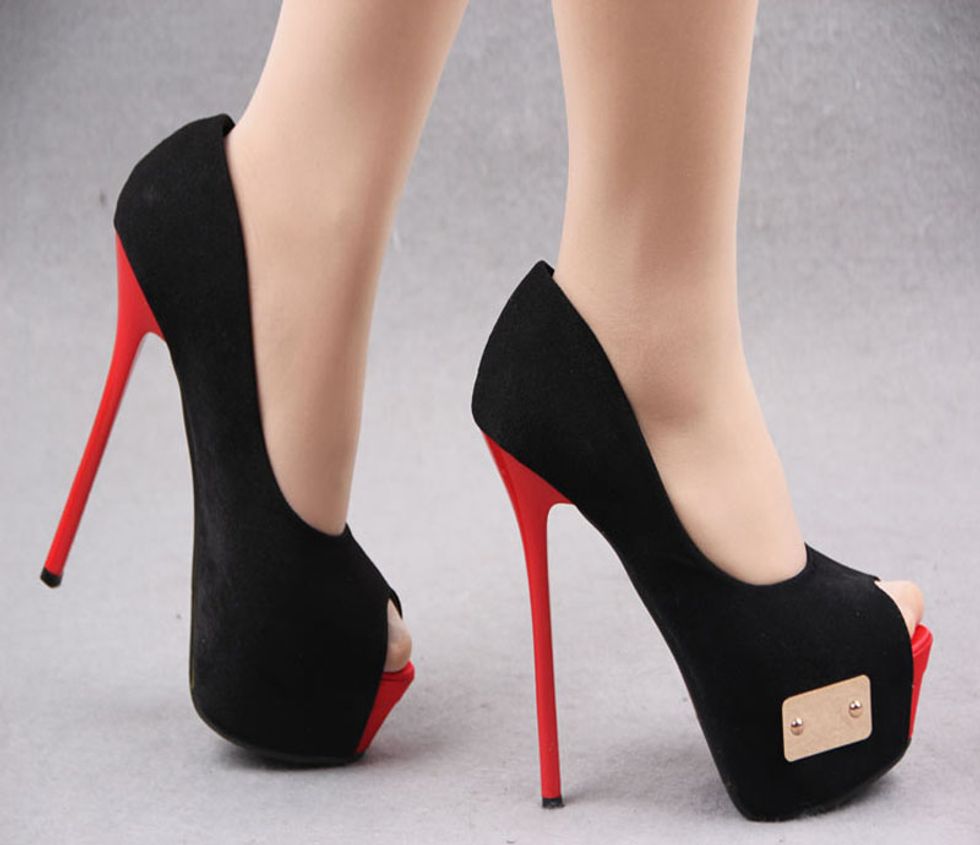
9. Pillows
The best thing at the end of a long day is a soft pillow and a warm blanket. Would this still be true if your pillow was made out of stone? The first pillows were carved out of stone and were used not as a form of comfort but to prevent bugs from crawling into the mouth, nose, or ears. Hard pillows were common in Ancient Egypt and China. Pillows only became soft during the Industrial Revolution as they were mass produced.
10. T-Shirts

Tees may just be one of the most common parts of a closet. They were not originally meant for outerwear. The t-shirt made its debut during the Spanish-American War by the US Navy as an undershirt or a comfortable work shirt. As they were less itchy, the US Army came to adopt it soon afterward. It was cheap and easy to wash, contributing to its popularity then and now.







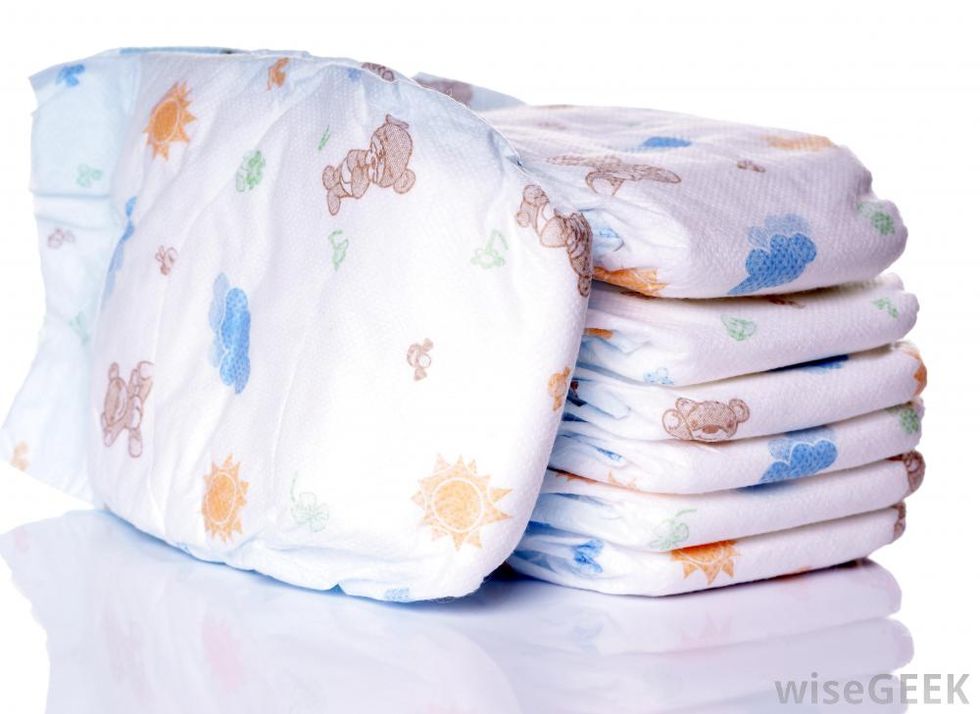
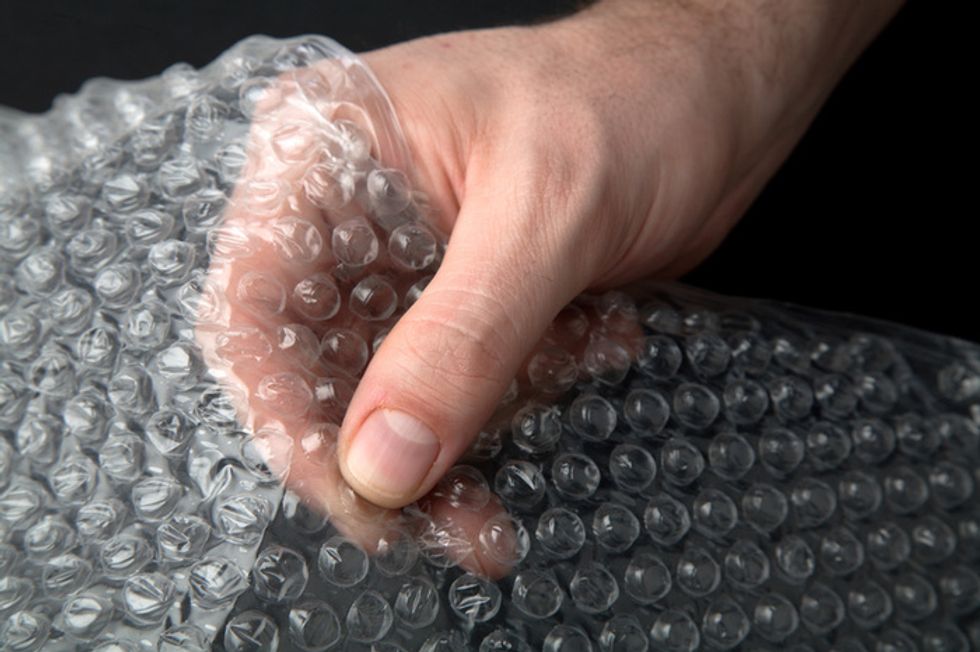
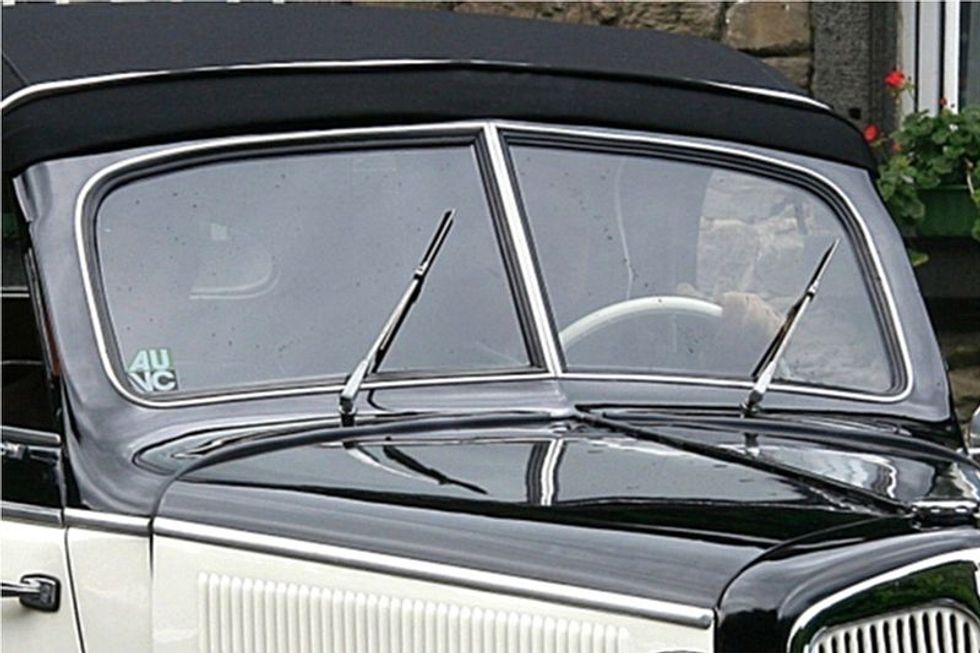

 mr and mrs potato head
StableDiffusion
mr and mrs potato head
StableDiffusion



















